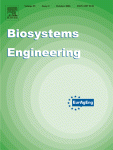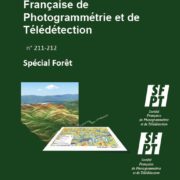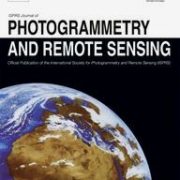Maximum Depression Storage and Surface Drainage Network in Uneven Agricultural Landforms
Fernando Carvajal Ramírez; Manuel A. Aguilar; Francisco Agüera Vega; Fernando J. Aguilar; Juan Vicente Giráldez Cervera
2006
Biosystems Engineering 95: 281–293
http://dx.doi.org/10.1016/j.biosystemseng.2006.06.003
ABSTRACT
The volume and spatial distribution of the water available for cultivated plant roots largely depends on the soil surface relief. In traditional irrigation systems, soil micro-relief plays an important part in distributing the surface drainage produced by rainfall or irrigation. In this paper, an algorithm is proposed for estimating the water distribution network on a soil surface. It has been applied to plots of around 3 m2, and the digital elevation model (DEM) has been obtained in three surface morphologies.
With each of these DEMs, a flow directions map was calculated, a hydrodynamic classification was made, vortices were detected and eliminated, a drainage network was traced, and surface flow accumulation, maximum depression storage (MDS) and the soil surface roughness index were calculated. All of these processes were carried out using a programme specifically designed for this study, called REDES©. The method designed makes it possible to establish the influence of soil morphology on surface drainage by means of a complete characterisation of the soil and its visual comparison with soil morphologies. With respect to the drainage network, the maximum convergence level appeared in gully morphology, with 306 flow paths in the rill pixel located in the lower position. Convergence levels in the others two morphologies, tilled soil and non-tilled soil, are similar and close to half of the convergence of gully morphology. The biggest contributing basin was in gully morphology, about 1440 cm2, followed by non-tilled soil, with 470 cm2, and by tilled soil, with 260 cm2.
A study of the relationship between the DEM resolution and precision to estimate the MDS is included. When the pixel size became 24 times larger than the ‘true model’, the standard deviation of unitary vectors (SDUV) increased between 2 and 9%. Introducing this relationship, a simple predictive model to find out the estimation error of the MDS has been adjusted. The input variables used were soil roughness and DEM resolution.







